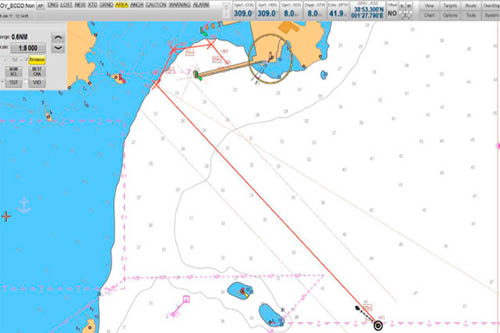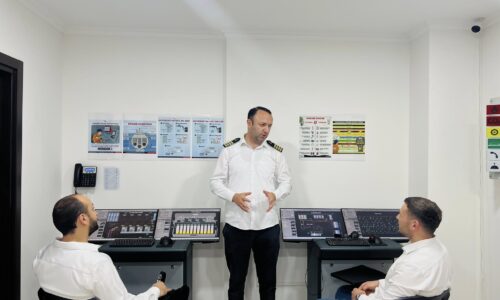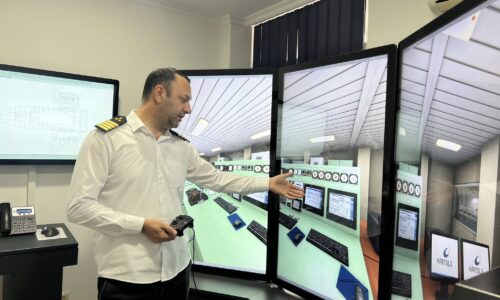
After successfully passing the training program, the trainee should:
- Understand the legal requirements and common deficiencies related to passage planning with ECDIS;
- Recognize the chart presentation and reliability issues in ECDIS, and how to use different types of electronic charts;
- Manage the sensors and navigational functions in ECDIS, such as GPS, radar, AIS, depth sounder, gyrocompass, etc.;
- Perform route analysis and ECDIS update using various tools and methods, such as route check, safety contour, safety depth, anti-grounding cone, chart update service, etc., and how to identify and avoid any hazards or errors in the route;
- Set the safety limits and settings in ECDIS according to the vessel’s characteristics and the voyage plan, such as safety contour value, cross track distance, shallow contour value, deep contour value, etc., and how to use the navigational functions effectively;
- Manage the alert system in ECDIS, such as alarms, indications, and warnings, and how to configure them according to the operational needs and preferences;
- Learn how to acknowledge and respond to any alerts appropriately;
- Plan and monitor the route with ECDIS using various features and functions
Entry Standards for admission to the training course are:
- Certificate of Competency, Education Certificate, or Certificate of Proficiency (according to the requirement of the specific fields as defined by the international or national regulations);
- Seamen’s book, Civil passport, or ID.
| Duration | 23 hours |
| language | English |
| Students | 1-12 |
| Assessment | 1 |
| Price | 140 $ |
Course Features
- Lecture 0
- Quiz 0
- Duration 10 weeks
- Skill level All levels
- Language English
- Students 0
- Assessments Yes






